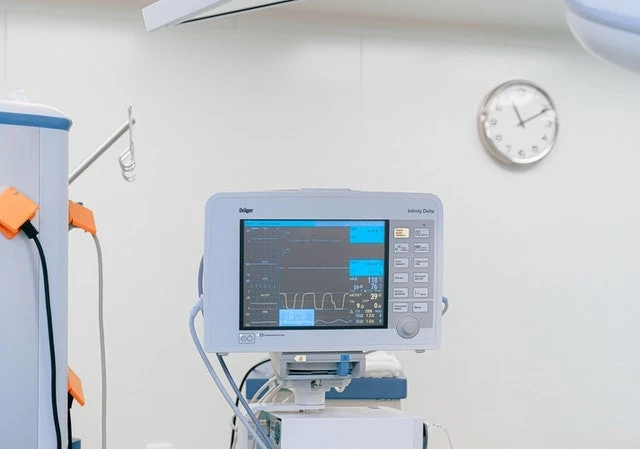Med Tech Highlights at CES 2019: What does this innovation mean for the future of healthcare?
Shravan Kumar shares the innovators that turned heads at this year's Consumer Electronics Summit
Add bookmarkDuring this year's Consumer Electronics Summit (CES), Medical Tech clearly stood out from the crowd. Such innovations bring extremely relevant solutions to an industry characterized by a lack of sufficient practitioners to meet demands, delays in treatment, avoidance by patients due to high costs and in some cases treatment errors. Much of the tech focused on accessibility; reducing the time commitment needed to receive a medical opinion, lowering cost barriers and tackling the effects of non treatment.
Below, some of the most innovative tech are profiled:
WeFight
With access to doctors becoming difficult, the role of telemedicine is increasing. One company focusing on reducing the effect of lack of accessibility is Wefight. Its Vik Breast artificial intelligence application is a chatbot designed to help answer breast cancer patients’ queries when doctors aren’t available. The app also works to improve the quality of life of patients with general content on detection, diagnosis techniques, and prevention of breast cancer. In addition to this, the app can help make appointments and send out reminders on medication.
Butterfly iQ
Butterfly iQ has come up with a handheld ultrasound device that pairs up with your iPhone and can help your doctor take a look inside you real-time when you’re still in your living room. This device increases access, especially by the reduction of size from bulky machines and by reducing the time spent on scans and consultation, thereby reducing the waiting time and patient queue at hospitals.
TestCard
TestCard aims to be the future of diagnostics. The innovation comes from the fact that people avoid going to the doctor’s office because it is a hassle and it is also time-consuming right from booking an appointment to the visit, to running tests, and finally receiving the results at a later date. The TestCard can be ordered via mail and the card consists of 3-4 medical strips that can record chemical reactions to urine samples. These strips are then read by an app that converts the phone’s camera into a clinical grade scanner to provide immediate results. This not only increases accessibility, but also helps reduce cost of diagnosis, identify any issues one might be facing even before scheduling an appointment with the doctor thereby reducing the time to treatment.
OssoVR
One of them is a virtual reality device that allows you to get hands-on training for usage of surgical devices. Osso VR is surgical training platform that is designed for hospital employees including surgeons, sales teams and other hospital staff of all skill levels. The technology provides close-to-realistic hand-based interactions that covers new age procedures and technologies used in an operating environment. Using haptic feedback Osso VR is able to bring in an element of reality and help potential surgeons practice procedures, as well as, understand techniques before actually operating thereby reducing the chance of any mishaps.
ArisMD
Another company using visualising technique is Aris MD. Using AR the company’s tech is able to layout patient’s scans right over the operating table and helps avoid mistakes or complications by giving the surgeon a clear guided view of the patient’s anatomy and injury. As the company’s website says – it shows the surgeon where to cut, and more importantly, where not to cut.
What is the future of healthcare?
When it comes to healthcare the most important factors in today’s world are time and accessibility. With the development of technology healthcare has progressed over the years and these innovations are bettering the scope of medicine by reducing the 3 most important aspects that act as blockades – accessibility, time and money.













